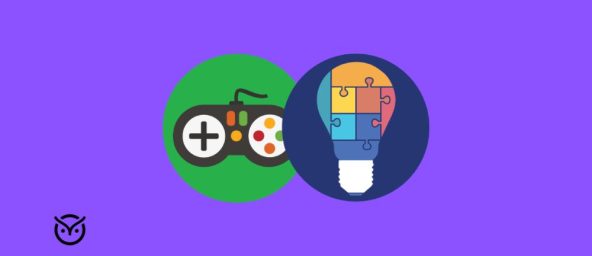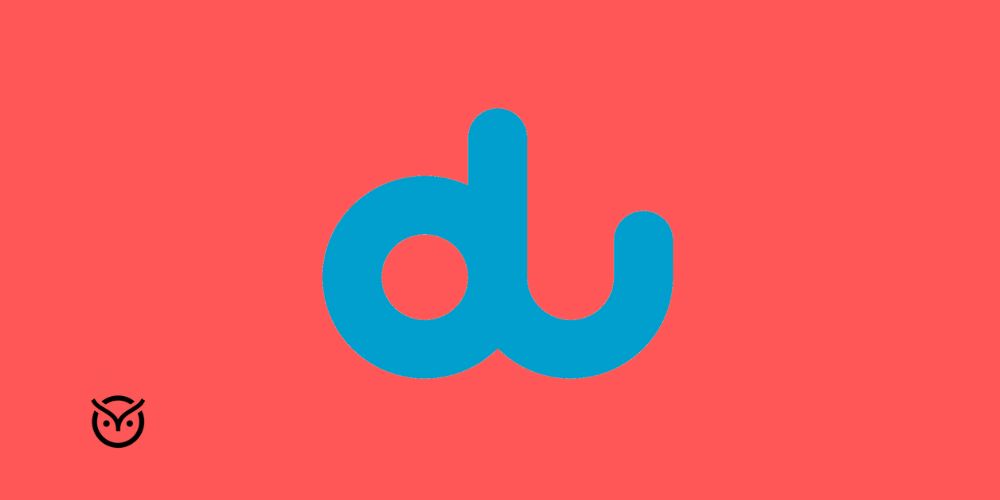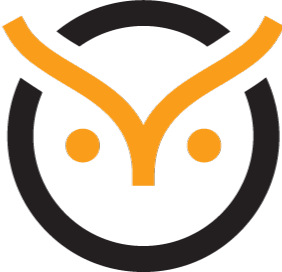
TL;DR
- Poor job descriptions hurt hiring and brand.
- AI makes writing faster, clearer, and bias-free.
- Use AI for structure, keywords, and compliance.
- Review AI drafts for tone, culture, and accuracy.
- Avoid generic text, bias, and mobile-unfriendly posts.
Most companies know that a strong job description is the first touchpoint with potential talent. Yet, too often, they treat it like a checkbox task. The result? Wordy, vague, or biased listings that push great candidates away. Poorly written listings not only hurt your employer brand but can also stall your hiring efforts and waste valuable resources. This is where job description optimization becomes essential.
The solution? Artificial Intelligence. With the right tools, AI can simplify and supercharge the process of writing a job description—helping companies reduce unconscious bias, improve clarity, and follow job description best practices at scale.
Understanding Job Description Optimization
Hiring for a fast-moving startup or building out a global team? Your job description is the first real touchpoint with the people you want to hire. It’s not just a task list. It’s your chance to connect with candidates who believe in what you’re building. What you say and how you say it matter. Be clear. Keep the tone real. Skip the fluff and focus on what the role needs. And don’t stop there. Job description optimization isn’t a one-time task. Keep your listings fresh, accurate, and human. The better your job posts, the stronger your team.
An optimized job description:
- Uses a clear and searchable job title (e.g., “Content Marketing Specialist” instead of “Content Superstar”)
- Opens with a compelling summary that quickly hooks the reader
- Breaks down responsibilities using bullet points for easy skimming
- Distinguishes between required and preferred qualifications
- Uses inclusive, gender-neutral language
- Is formatted consistently to align with brand standards
- Is enriched with strategic keywords based on job seeker search behaviour
Why does this matter? Because job seekers are skimmers. According to Insight Global, 49% of job seekers say the application process is too long or complicated, and when that happens, most stop paying attention and start skimming. If your ad is cluttered or unclear, you’ve likely lost them before the second scroll.
Benefits of AI for Job Description Optimization
AI does more than speed things up. It helps you write smarter. With today’s job description writing software and AI tools, you can create clear, engaging, and fully compliant listings in minutes. But speed is just part of the story.
Speed and Scalability Without Sacrificing Quality
Manual job description writing can be tedious and time-consuming, especially when you’re hiring for multiple roles. AI tools like ChatGPT or Gemini can generate high-quality drafts instantly. This means recruiters can go from a blank page to a structured, keyword-rich job ad in minutes, not hours.
Eliminating Bias for More Inclusive Hiring
Unconscious bias often sneaks into job descriptions through gendered language or cultural assumptions. AI tools trained on DEI datasets can flag potentially biased words and recommend neutral alternatives. Research by Openreach highlights that job specs written with conscious, unbiased language can attract up to 50% more female applicants. AI helps ensure that your language welcomes, rather than filters out, top talent.
Smart Keyword Optimization
AI platforms can analyze real-time search trends and job board algorithms to insert high-performing keywords—boosting your job post’s visibility. This isn’t just about SEO; it’s about making sure your ad speaks the same language as your target candidates. When you follow job description best practices and let AI handle the keyword science, your job gets found—and filled—faster.
Better Structure and Formatting
AI makes it easier to keep every job post consistent and professional. When multiple recruiters are involved, formatting can get messy fast. But with the right tools, writing a position description becomes faster, cleaner, and more aligned with your brand. Whether you’re creating a new role or updating an old one, AI helps enforce structure and eliminate confusion.
Real-Time Compliance Support
Regulatory compliance is a big deal, especially in industries like healthcare, tech, or government contracting. Some advanced job description writing software can automatically include language for ADA compliance, equal opportunity statements, or required legal disclaimers. That’s peace of mind you can’t always guarantee with manual processes.
How to Use AI for Optimizing Job Descriptions
Let’s learn how to put AI to work and master your job description optimization one step at a time.
Step 1: Start with a Draft or Outline
Kick things off with the basics. When you’re creating a new listing or updating one, drop in the key info—title, responsibilities, and must-have skills—into an AI tool like ChatGPT, Gemini, or any trusted HR platform. These tools use natural language processing to turn your input into a clean, structured draft in seconds.
Pro tip: To get better results, use specific prompts like “Create a job description for a UX designer with three to five years of experience at the mid-level.”
Step 2: Apply Job Description Best Practices Automatically
Modern AI tools are designed to embed job description best practices right into the output. This includes:
- Clear section headers
- Scannable bullet points
- Inclusive language
- SEO-ready language
Need to meet legal requirements? Some platforms include templates built for your industry and region, so you can stay compliant without building from scratch.
Step 3: Enhance with Real-Time Labor Market Insights
Some AI tools plug into live labor market data. That means you get smart suggestions based on what’s trending like competitive salary ranges, must-have skills, and job titles candidates are actually searching for.
Step 4: Review for Brand Tone and Culture Fit
AI doesn’t replace your judgment—it supports it. Once you’ve got a solid draft, review the content for tone, cultural fit, and alignment with your brand voice. Think of AI as your co-writer—it gets you 80% there, but you still need to give it the human touch.
Common Pitfalls to Avoid
Even with smart tools, there are some mistakes you’ll want to sidestep when using AI for job description optimization. Here are a few common ones—and how to avoid them:
Over-Relying on Generic AI Outputs
AI can generate content quickly, but it’s only as good as the input you give it. Don’t just copy and paste the first draft it gives you. Customize the language, emphasize unique selling points of your company, and align it with the tone of your brand.
Neglecting to Check for Bias or Legal Compliance
While AI can flag biased terms, it’s not always perfect. Run every AI-generated description through a human review—especially when it comes to phrases that may affect gender, age, or disability inclusion. According to the EEOC, inclusive job language is essential for reducing discriminatory hiring risks.
Ignoring the Candidate’s Experience
Sometimes, AI-generated posts lean too heavily on what the employer wants and forget what the candidate needs. A strong job description should be a two-way street—yes, outline responsibilities, but also speak to growth, purpose, and what’s in it for the applicant.
Skipping Optimization for Mobile Devices
According to Recruiter.com, 60% of job seekers use their phones to search and apply. If your job post isn’t built for mobile, all that AI-generated content can quickly turn into a cluttered wall of text. Make it easy to scan. Use short paragraphs, bullet points, and simple language so your content works on every screen, big or small.
Conclusion
AI isn’t just a trend. It’s changing the way we write, hire, and build teams. Used the right way, AI for job description optimization saves time, attracts stronger applicants, and helps create a more inclusive hiring process. But it’s not about replacing human input. It’s about making it better.
[sticky heading=”Cut No-Show Rates — Pre-Screen with AI” content=”Bad interviews are expensive. Vettio’s AI pre-screens candidates with real-time assessments, so you meet only top-tier, engaged talent. Recruiters report fewer no-shows and a bump in candidate quality scores. ” link=”https://vettio.com/”]




